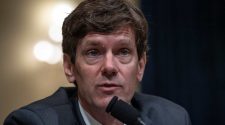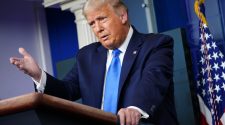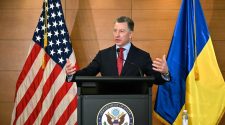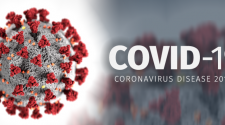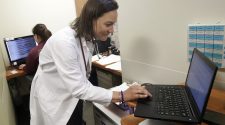While we agree that the current vaccines with emergency use authorizations in the US have outstanding effectiveness and should be fully utilized, and that their use makes a great difference in the severity of Covid-19 illness, hospitalizations and deaths, the CDC should better articulate the case for this policy relative to the numerous drawbacks.
Unfortunately, we are still not across the finish line in the US pandemic. There is still a Covid-19 death about every 2.5 minutes in the nation, and serious racial and ethnic disparities exists (e.g., in disproportionate access to vaccination services). There are six major concerns about the decision to roll back some key safety measures when in fact we need all of the tools we have in the Covid-19 prevention toolbox for perhaps just a short time longer.
First, the CDC failed to tell people who are vaccinated what risks they might face (for themselves or their community) if they remove their masks, especially being in crowded events with unvaccinated persons, some of whom may not be wearing masks. We know from the clinical trials and effectiveness studies that even these outstanding vaccines are not perfect.
People should have complete information and be empowered to make their own decisions about how to address this small risk after being fully vaccinated, perhaps with the additional second layer of protection that masks afford. With the new announcement, every breakthrough infection that occurs will undermine CDC’s message that if you are vaccinated, it is completely safe to remove your mask. The new guidance was too certain and too declarative to be a public health message we can take to the bank.
Second, the CDC failed to provide support for people who are fully vaccinated and for a time may elect to wear a mask. We count ourselves in this category: We are fully vaccinated, we are public health experts with infectious disease experience, and we know the Covid-19 literature well. Until more people are vaccinated, deaths are at about the level of influenza, and more security against potential new vaccine-evading variants can be assured, we are going to keep wearing our masks.
We believe the CDC’s framing of its message could lead to stigmatizing mask use by vaccinated persons when in fact such individual choices about using inexpensive and highly effective precautionary measures should be supported.
Third, it failed to detail further new initiatives to get unvaccinated persons vaccinated (or at least wearing masks and social distancing). Neither did the CDC unveil new ideas for scaling up old plans for getting people vaccinated (or using other precautionary measures), nor did it provide new advice as to what parents should do if they have children too young to be vaccinated. If you are going to cast aside some safety measures, you need to devise or scale up other ones. We understand that perhaps the CDC believes that some fraction of people will become vaccinated if they no longer have to wear masks, but we urge the agency estimate the size of this subpopulation.
Fourth, there was a failure to describe how, in society, the public and venues are to know who is and who is not vaccinated. Dr. Anthony Fauci told Jake Tapper that it would be on the honor system. We know from the public health scientific literature that self-report of key health information is not always reliable or valid unless very carefully assessed.
We need to do better than an unverified honor system. Putting points three and four together, a substantial portion of those who don’t wish to be vaccinated may also not wish to wear masks. The CDC’s new policy may allow them to simply “blend in” without masks because you can’t differentiate vaccinated from unvaccinated persons. The increased transmission and illness among this unvaccinated and unmasked group would be an unfortunate side effect of the latest policy.
Fifth, the public health message would have been much stronger if it had been tied to a specific milestone. For instance, elsewhere, we’ve argued that by July 4 it is vital to get the number of Covid deaths in the US down to a level that is on par with influenza (as an interim milestone). A much more powerful and effective message would have been for the CDC to assert that if, for instance, daily Covid-19 deaths get to 50 to 100 per day, then some precautionary mandates will be lifted. Now, the collective incentive to achieve such milestones is largely lost. The current number of deaths is about 600 per day.
Sixth, the announcement seemingly does not heed the central lessons of disease elimination and eradication. Namely, to get across the finish line of getting cases and deaths to even lower levels, and getting more persons vaccinated, we need to accelerate our efforts using all tools at our disposal.
A central mistake in public health is easing infectious disease control efforts just before crossing the finish line. Unfortunately, and we suspect inadvertently, that is what the CDC did on Thursday.
The way the CDC unveiled this message, it can’t easily be undone. If the pandemic gets even worse, this will be a hard policy to reverse. We hope the US can continue to make progress on Covid-19 prevention and treatment, but it will have to be done despite this messaging but not because of it. Much work remains to be done to improve vaccination uptake, continued use of other non-pharmaceutical interventions, and achieve better access to treatment so as to truly lower Covid-19 cases and deaths and do so in an equitable manner. The fastest way there is not by discarding safety measures.

